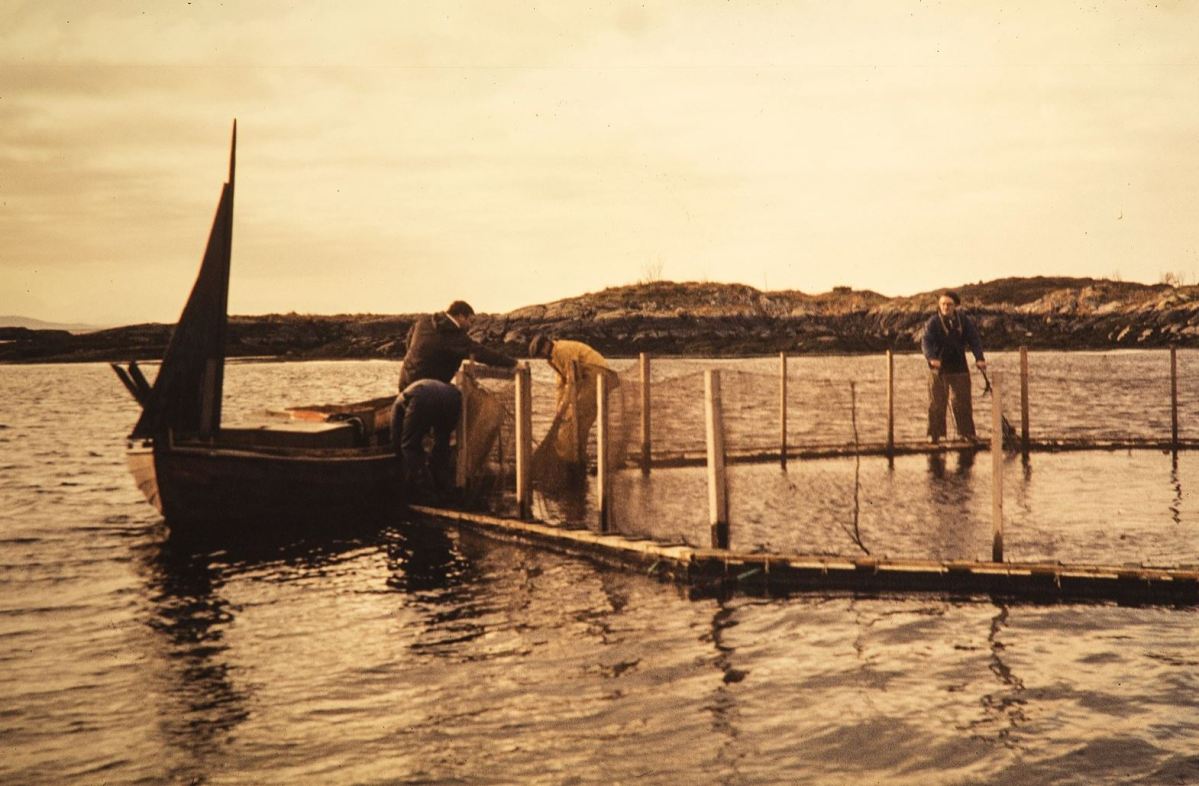OldBlackDog
Well-Known Member
From this study,At the broadest level, the major implication of our results is that most of the salmon conservation problem is determined in the ocean by common processes. Attempts to improve SARs by addressing region‐specific issues such as freshwater habitat degradation or salmon aquaculture in coastal zones are therefore unlikely to be successful. Given the importance of these conclusions, we call for a joint systematic review by major funding agencies to further assess the broader consistency and comparability of SAR data with our findings.
Abstract
We collated smolt‐to‐adult return rate (SAR) data for Chinook salmon from all available regions of the Pacific coast of North America to examine the large‐scale patterns of salmon survival. For consistency, our analyses primarily used coded wire tag‐based (CWT) SAR estimates. Survival collapsed over the past half century by roughly a factor of three to ca. 1% for many regions. Within the Columbia River, the SARs of Snake River populations, often singled out as exemplars of poor survival, are unexceptional and in fact higher than estimates reported from many other regions of the west coast lacking dams. Given the seemingly congruent decline in SARs to similar levels, the notion that contemporary survival is driven primarily by broader oceanic factors rather than local factors should be considered. Ambitious Columbia River rebuilding targets may be unachievable because other regions with nearly pristine freshwater conditions, such as SE Alaska and northern BC, also largely fail to reach these levels. Passive integrated transponder (PIT) tag‐based SAR estimates available for Columbia River Basin populations are generally consistent with CWT findings; however, PIT tag‐based SARs are not adjusted for harvest which compromises their intended use because harvest rates are large and variable. More attention is needed on how SARs should be quantified and how rebuilding targets are defined. We call for a systematic review by funding agencies to assess consistency and comparability of the SAR data generated and to further assess the implications of survival falling to similar levels in most regions of the west coast.
https://onlinelibrary.wiley.com/doi...SKZytUDGFvzoTy8mKHNOIdltZYsRO318y7h2HnrC0yTlE
Abstract
We collated smolt‐to‐adult return rate (SAR) data for Chinook salmon from all available regions of the Pacific coast of North America to examine the large‐scale patterns of salmon survival. For consistency, our analyses primarily used coded wire tag‐based (CWT) SAR estimates. Survival collapsed over the past half century by roughly a factor of three to ca. 1% for many regions. Within the Columbia River, the SARs of Snake River populations, often singled out as exemplars of poor survival, are unexceptional and in fact higher than estimates reported from many other regions of the west coast lacking dams. Given the seemingly congruent decline in SARs to similar levels, the notion that contemporary survival is driven primarily by broader oceanic factors rather than local factors should be considered. Ambitious Columbia River rebuilding targets may be unachievable because other regions with nearly pristine freshwater conditions, such as SE Alaska and northern BC, also largely fail to reach these levels. Passive integrated transponder (PIT) tag‐based SAR estimates available for Columbia River Basin populations are generally consistent with CWT findings; however, PIT tag‐based SARs are not adjusted for harvest which compromises their intended use because harvest rates are large and variable. More attention is needed on how SARs should be quantified and how rebuilding targets are defined. We call for a systematic review by funding agencies to assess consistency and comparability of the SAR data generated and to further assess the implications of survival falling to similar levels in most regions of the west coast.
https://onlinelibrary.wiley.com/doi...SKZytUDGFvzoTy8mKHNOIdltZYsRO318y7h2HnrC0yTlE



